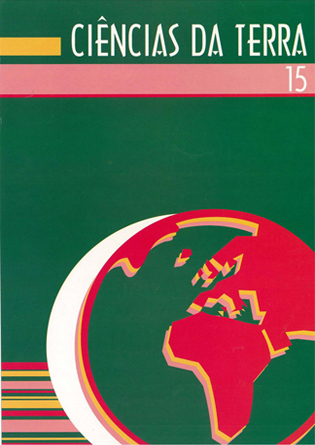The Cenomanian-Turonian transition in West Central Portugal:ammonites and biostratigraphy
Abstract
Key-words: Ammonites; biostratigraphy; Cenomanian-Turonian; Portugal. The Upper Cenomanian and Lower Turonian ammonite assemblages from the onshore sectors of the West Portuguese Margin are reviewed after new studies on the type section of Figueira da Foz, and correlative sections of Baixo Mondego. The faunal succession shows a strong contribution of vascoceratids and other ammonites with North African and Tethyan affinities. Euomphaloceras septemseriatum (Cragin, 1893), Kamerunoceras douvillei (Pervinquere, 1907), Fagesia catinus (Mantell, 1822), Neoptychites cephalotus (Courtiller, 1860), and Thomasites rollandi (Thomas & Peron, 1889) are for the first time mentioned to Portugal. The Upper Cenomanian is recognised after a set of 3 assemblage zones: Neolobites vibrayeanus z., Euomphaloceras septemseriatum Z., and Pseudaspidoceras pseudonodosoides z. The carbonate succession shows an important unconformity across the Cenomanian-Turonian boundary, associated to subaerial exposure, and to the development ofa palaeokarst over Upper Cenomanian units. The first Lower Turonian carbonates are yielded a single but diverse ammonite assemblage of middle Lower Turonian age (Thomasites rollandi z.). This biozone was previously recognised in Central Tunisia by G. Chancellor et al. (1994).Downloads
Issue
Section
Articles






